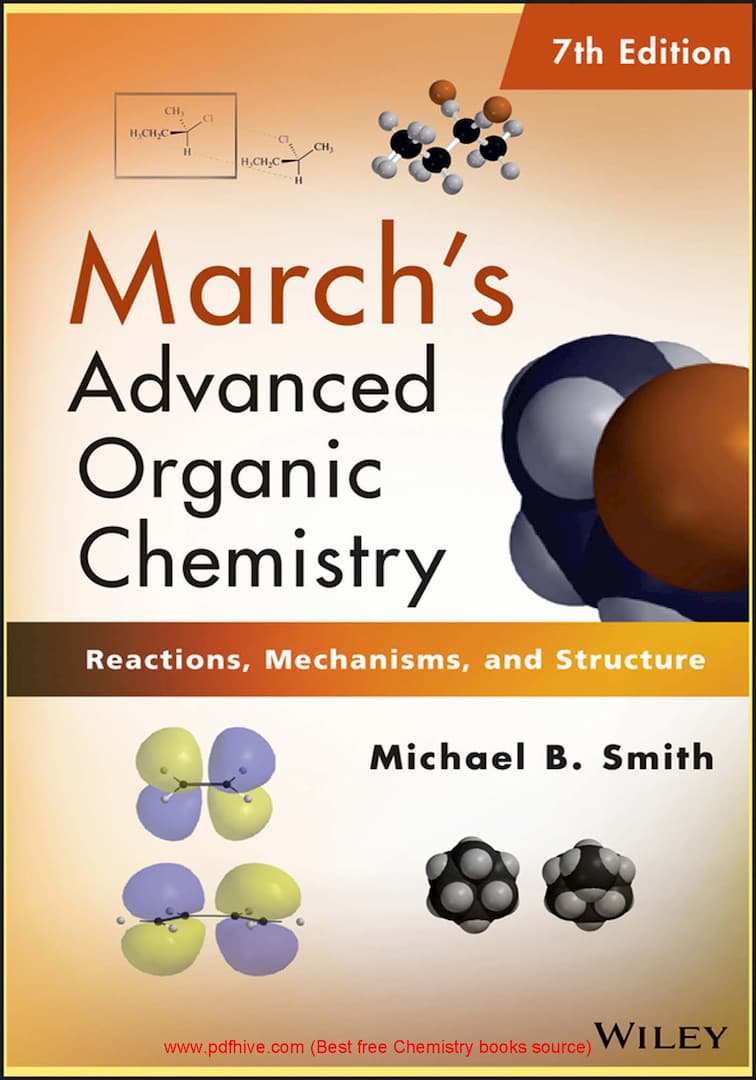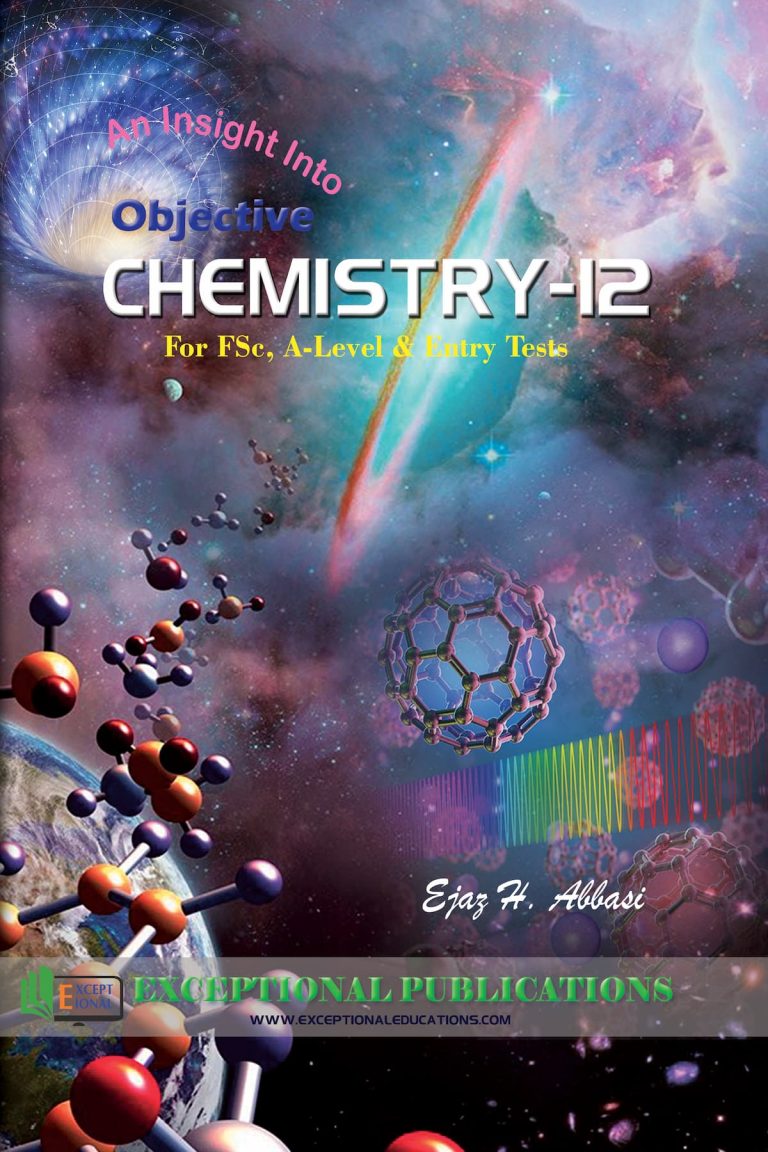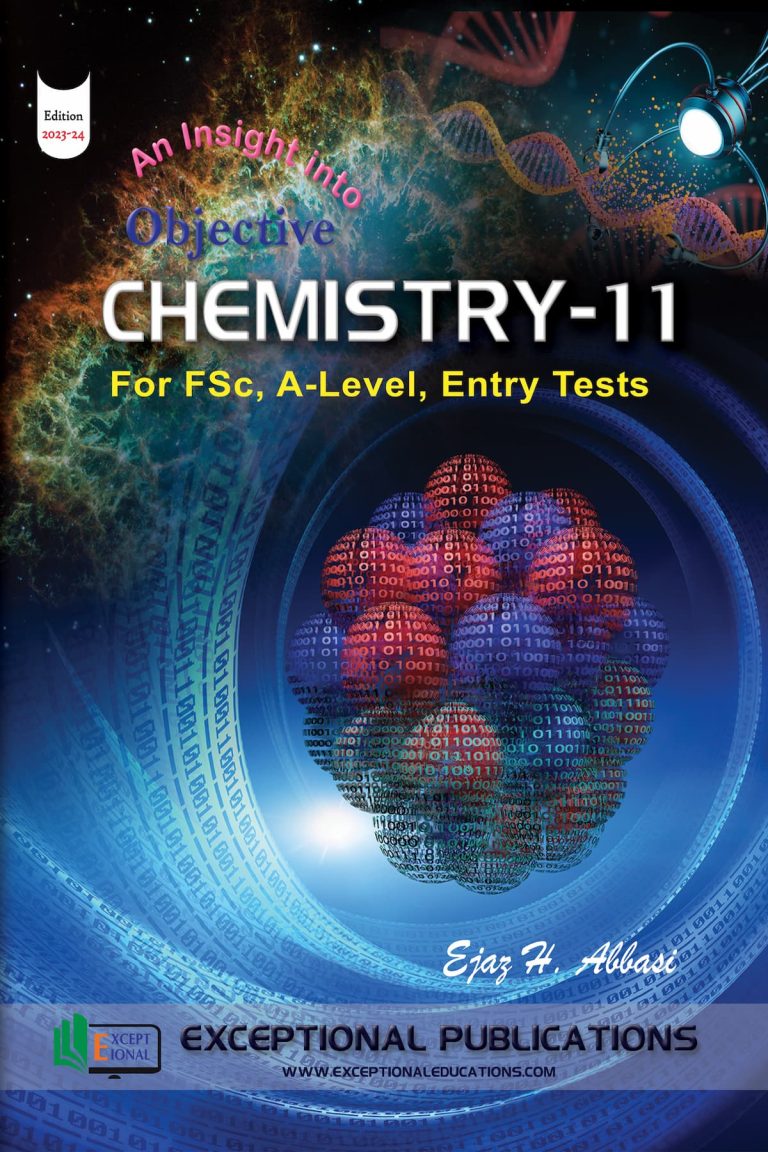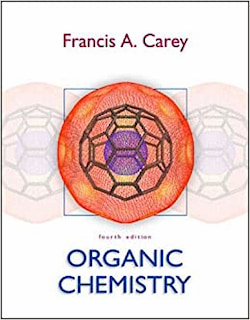March’s Advanced Organic Chemistry 7th Edition by Michael B. Smith: This seventh edition of March’s advanced organic chemistry has been thoroughly updated to incorporate new advances in areas of organic chemistry published between 2005 and 2010. Every topic retained from the sixth edition has been brought up to date if there was activity in that area during that five year period. Changes also include a significant rewrite of most of the book. More than 5500 new references have been added for work published since 2005.
The author of this book “March’s Advanced Organic Chemistry 7th Edition” is Michael B. Smith.
As with the sixth edition, many older references were deleted to make room for new ones, and in cases where a series of papers by the same principal author were cited, all but the most recent were deleted. The older citations are usually found by referring to the more recent publication(s). Many of the figures relating to molecular orbitals dated to the 1960s. In all cases possible, they have been replaced by molecular orbitals drawings using Spartan software from Wave function, Inc.
The fundamental structure of the seventh edition is essentially the same as that of all previous ones. The goal, as in previous editions is to offer equal weight to the three fundamental aspects of the study of organic chemistry: reactions, mechanisms, and structure. A student who has completed a course supported this book should be ready to approach the literature directly, with a sound knowledge of modern organic chemistry.
Major special areas of organic chemistry: terpenes, carbohydrates, proteins, many organometallic reagents, combinatorial chemistry, polymerization and electrochemical reactions, steroids, and so on, have been treated lightly or ignored completely. The use of this book in the first year of graduate study should help master the fundamentals. It is hoped that this book will lead a student to consult the many excellent books and review articles cited for various topics in order to understand the subject in more detail. Indeed, many of these topics are so vast, they cannot be explained completely in this book.
The organization is based on reaction types, and a relatively few principles suffice to explain nearly all of them despite the large number of organic reactions. Accordingly, the reactions-mechanisms section of this book (Part II) is divided into 10 chapters (10–19), each concerned with a different type of reaction. In the first part of each chapter, the appropriate basic mechanisms are discussed along with considerations of reactivity and orientation, while the second part consists of numbered sections devoted to individual reactions.
Numbered sections are used for the reactions and are set in boldface. Since the methods for the preparation of individual classes of compounds (ketones, nitriles, etc.) are not treated all in one place, an updated and revised index has been provided (Appendix B) by use of which the synthesis of a given type of compound will be found. It is notable that the numbers of reactions in the seventh edition are different from editions 1–5 in many cases, but are the same as found in the 6th edition. For this reason, a correlation table is included at the end of this Preface that directly correlates the sections found in the 5th edition with the new ones in both the 6th and 7th editions.
March’s Advanced Organic Chemistry 7th Edition by Michael B. Smith: Table of Content
- Localized Chemical Bonding
- Delocalized Chemical Bonding
- Bonding Weaker Than Covalent
- Stereochemistry and Conformation
- Carbocations, Carbanions, Free Radicals, Carbenes, and Nitrenes
- Mechanisms and Methods of Determining them
- Irradiation Processes in Organic Chemistry
- Acids and Bases
- Effects of Structure and Medium on Reactivity
- Aliphatic Substitution, Nucleophilic and Organometallic
- Aromatic Substitution, Electrophilic
- Aliphatic, Alkenyl, and Alkynyl Substitution, Electrophilic
- Aromatic Substitution: Nucleophilic and Organometallic
- Substitution Reactions: Radical
- Addition to Carbon–Carbon Multiple Bonds
- Addition to Carbon–Hetero Multiple Bonds
- Eliminations
- Rearrangements
- Oxidations and Reductions







